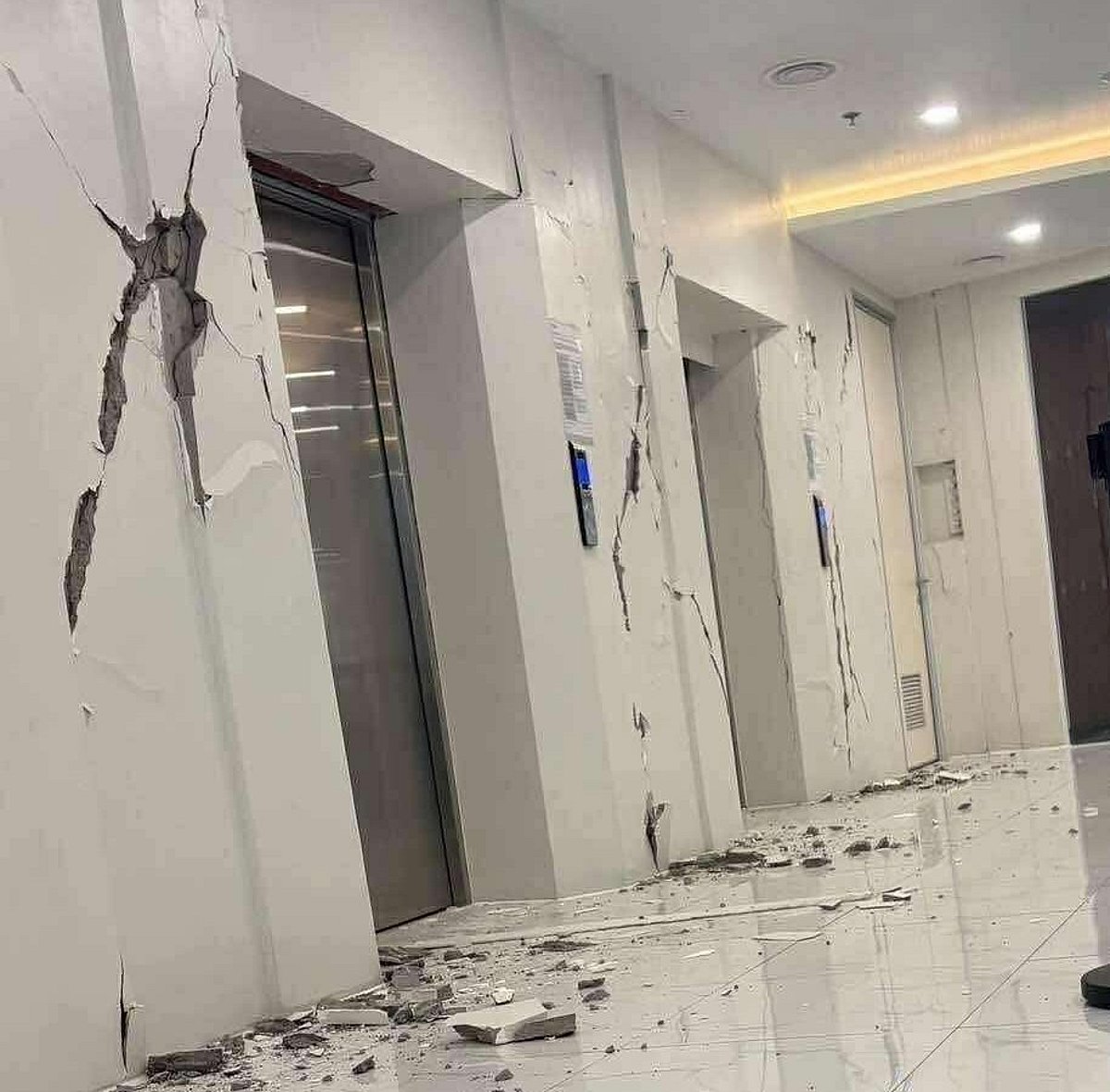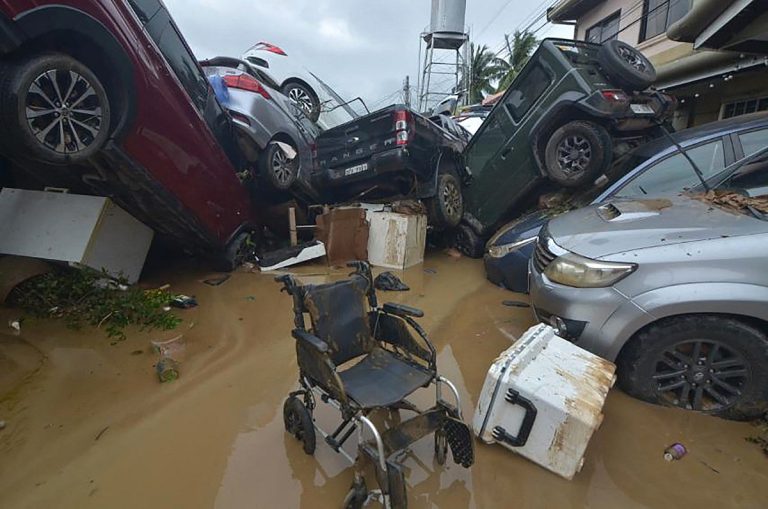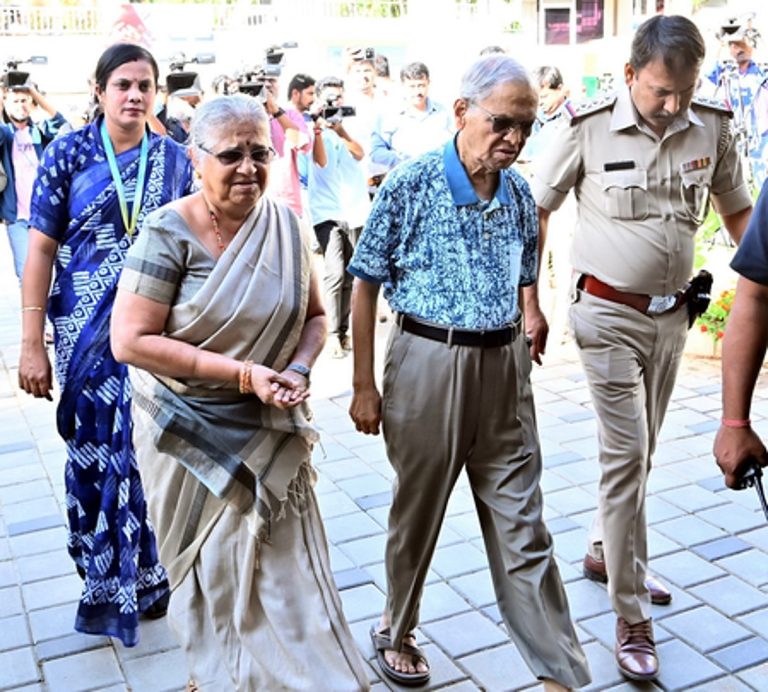Davao Earthquake Damage Assessment and Response Efforts
A powerful earthquake struck the southern Philippines on Friday, causing significant destruction across the region. The 7.5-magnitude tremor, centered near Davao Oriental, has left many residents in shock as they assess the aftermath of the quake.
Damage Overview
Initial reports indicate widespread damage in several areas, particularly in Davao City and surrounding provinces. Footage shared on social media shows collapsed walls, cracked roads, and debris scattered across streets. Many residents fled buildings in panic, seeking safety in open spaces as the tremors shook the ground.
Epicenter and Impact
The Philippine Institute of Volcanology and Seismology (Phivolcs) identified the earthquake’s epicenter approximately 62 kilometers southeast of Manay, Davao Oriental, at a depth of 10 kilometers. The tremor was tectonic in nature, resulting from the movement of an active fault line in the region. The United States Geological Survey (USGS) reported a slightly lower magnitude of 7.4 and issued a tsunami warning for affected areas.
Emergency Response
Emergency teams are currently conducting assessments to determine the extent of the damage and any potential casualties. In response to the earthquake, classes and government operations have been suspended across Davao de Oro, Davao City, Cotabato, and parts of Davao Oriental. Structural inspections are underway to ensure the safety of buildings and infrastructure.
Community Reactions
Residents shared their experiences on social media, describing the chaos as they evacuated buildings. In Davao City, hanging lamps and electric posts swayed violently, indicating the strength of the quake. Many people reported feeling intense shaking, even at considerable distances from the epicenter.
FAQs
What was the magnitude of the earthquake?
The earthquake was reported to have a magnitude of 7.5, with some sources, like the USGS, noting it as 7.4.
Where was the epicenter located?
The epicenter was located approximately 62 kilometers southeast of Manay, Davao Oriental, at a depth of 10 kilometers.
What actions are being taken in response to the earthquake?
Emergency teams are assessing the damage, and classes and government work have been suspended in affected areas pending structural inspections.
Conclusion
The recent earthquake in Davao has caused significant damage and prompted immediate emergency responses. As assessments continue, local authorities are focused on ensuring public safety and addressing the needs of affected residents. Further updates will be provided as more information becomes available.
In the aftermath of the earthquake, local authorities are coordinating with national agencies to facilitate relief efforts. The Department of Social Welfare and Development (DSWD) has mobilized resources to provide immediate assistance to those displaced by the quake. Relief goods, including food, water, and medical supplies, are being distributed to evacuation centers set up in schools and community halls. The government is also working with non-governmental organizations to ensure that aid reaches the most affected areas promptly.
The earthquake’s impact on infrastructure is a significant concern, as many roads and bridges may have sustained damage, complicating access for emergency responders. Engineers and construction teams are being deployed to conduct thorough evaluations of critical infrastructure, including hospitals and schools, to assess their safety for continued use. The local government has urged residents to remain vigilant and report any signs of structural damage in their homes or public buildings.
Seismologists have noted that the region is prone to seismic activity due to its location along the Pacific Ring of Fire, which is characterized by frequent earthquakes and volcanic eruptions. This recent event serves as a reminder of the importance of disaster preparedness in communities vulnerable to natural disasters. Local disaster risk reduction and management offices are expected to conduct drills and educational campaigns to enhance community resilience in the face of future seismic events. As the situation develops, officials are emphasizing the need for clear communication to keep residents informed about safety measures and available resources.
Also Read:
Strong Earthquake Strikes Philippines, Tsunami Alert Issued
Dubai’s First Interchange: A Milestone in Infrastructure







